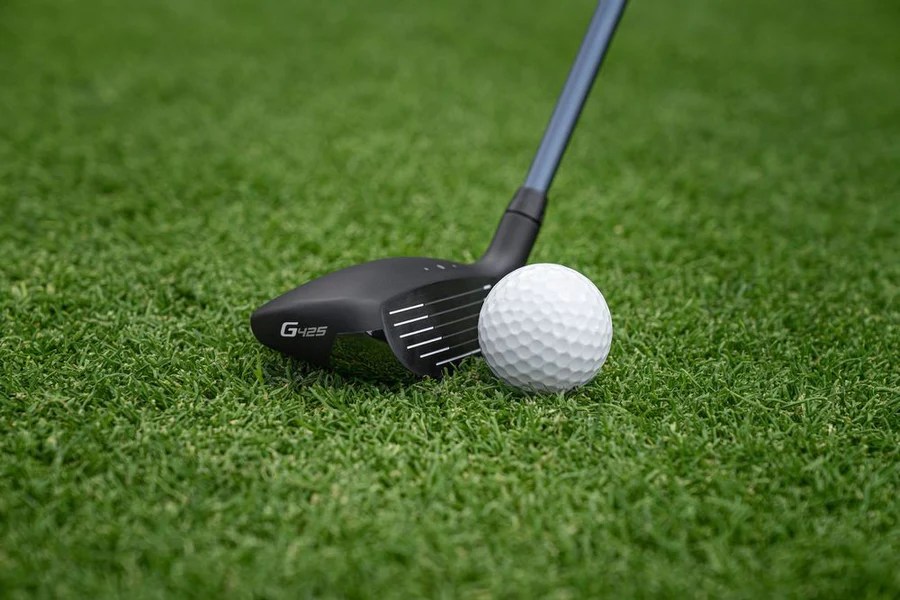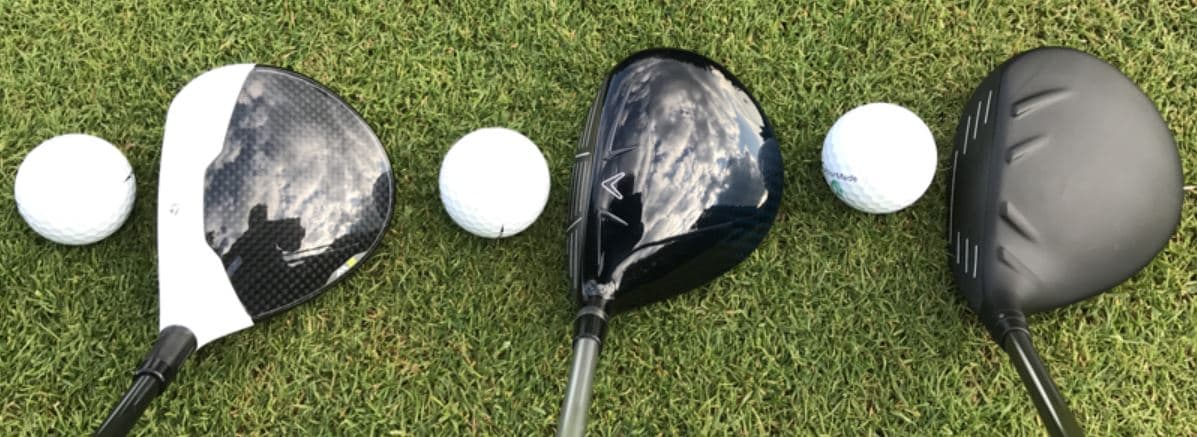
If you're looking to improve your short game, learning how to chip in golf is a key step. Practice makes perfect, and the proper technique is essential for a solid strike. Avoid skipping the ball or speeding up. It's important to practice the correct setup, so your wrists don't become too broken.
Chipping can help improve your short game.
Your short game is one of the most important aspects to golf. The average golfer will hit around 40 percent on the fairway. That doesn't even include your bunker shots, chip shots, or other short shots. The game will be easier to master if you have a great, short game.

Practice makes perfect
While practicing chipping can improve your game on the course it is important to plan your practice sessions. Your practice sessions will not be productive if you don't have something to aim at. To develop this skill, practice it with a variety club sizes.
Avoid flinging the ball at the ball
Chipping in golf is a skill that requires you to not flick the ball. This is a mistake that many amateurs make. Instead, keep your head moving forward through the entire shot. This will help ensure a precise strike. You should also keep your wrists and elbows stable to avoid excessive wrist breaking.
Accelerating through your golf ball
If you have been having trouble with your chipping, it may be time to learn how to accelerate the golf ball. This technique allows for you to maintain a consistent speed throughout your shot, so the clubhead can contact the golfball and break through the surface. As you accelerate through the golf ball, it is important to keep your wrists straight as you return the club.
Positioning your body weight over your left foot
One of the most important parts of the chipping stroke is positioning your body weight over your left foot. This allows you to strike the ball with a wider arc and clean contact. The weight ratio for chipping shots should be 60 percent frontfoot to forty percent rear foot. The weight of the club will be transferred to the front foot if you are not in a centered stance.

Use a wedge to chip with your club
A wedge can be used as a chipper in the game of golf. This will allow you to achieve more distance. These shots are best for advanced players who prefer a lofted club, but a lower lofted one may also work. This is because the position of your ball on the green can affect the loft. A higher lofted wedge might be the best option if the ball is only two to three feet from the green and the ground firm.
FAQ
How do you practice your golf swing.
Practice makes perfect! Any sport needs practice. You must practice if you want to improve your game. Practice until you become comfortable with the basic mechanics of the swing.
It is important to practice with both your hands. Try taking short shots first. Next, practice longer drives. Next, practice chipping or putting.
What is the game of golf?
Golf is played 18 holes on a course. The Rules of Golf govern the game.
The first stroke is taken behind a designated teeing area. Players take turns hitting balls into holes which are placed at different distances around the course. Each hole is different depending on the distance to the teeing areas.
There are three types main shots in the game golf:
-
Players use clubs to hit the ball as far and high as they can in a drive shot. This type of shot is often considered the most important.
-
Players aim for the ball to strike within a defined range in an approach shot.
-
A putt is where players try to get the ball in the cup by rolling it on the ground.
Every hole must be completed by a player sinking all of his/her own puts. For each putt not made, the player loses one stroke.
It is possible for players to choose to play alongside a caddy or partner. This person will be responsible for carrying their club throughout a round. While the caddie is not usually involved in the decision making process, they can provide advice on strategy and etiquette.
How can I improve my playing?
There are many options to improve your golf game. You can join a group that plays golf. You can meet other golfers and learn new techniques by joining a club.
You could also buy some equipment such as clubs and balls. These items can help you improve your game.
The last option is to read books on golf. Reading about the game will give you a deeper understanding of its rules and regulations.
How much does a round cost for golf?
Expect to pay $15-$30 per head This price includes greens fees, cart rental and refreshments.
Statistics
- They do this by means of assessing and rating courses according to the average good score of a "bogey golfer," a player with a handicap of around 20. (en.wikipedia.org)
- Professional golfers typically make between 60% and 70% of greens in regulation. (en.wikipedia.org)
- In the United States, the number of people who play golf twenty-five times or more per year decreased from 6.9 million in 2000 to 4.6 million in 2005, according to the [51] (en.wikipedia.org)
- Professional golfers typically make between 60% and 70% of greens in regulation. (en.wikipedia.org)
External Links
How To
How Do You Play Better Golf When The Wind Is Blowing?
Golf is played in open areas on grassy areas. It is a very popular sport. There are many golf courses around the globe, from public parks to private clubs. Indoors, like indoor arenas and shopping malls, you can also play golf. There are a series holes that players must hit their balls into. Each hole contains a fairway or rough, a teebox, fairway, rough, hazards, and a green. Players use either a driver, wedge, long iron, or putter, depending upon the type of shot required. The rules of the course may require players to carry the balls a specific distance before they hit the green, or they may simply have to drop them in the cup. There are many factors that affect how a golfer hits the ball when playing outside. These include temperature, humidity and visibility.
There are two types of winds: headwinds and crosswinds. Headwinds blow from the right to the left and crosswinds are from the left. If the wind is blowing towards the golfer, then he/she is hitting against the wind; if it is blowing away from him/her, then he/she will be hitting with the wind. Playing golf in a strong wind is much harder because the ball tends to fly higher and further. This makes it harder for the player controlling the ball's trajectory. To compensate for these effects, players try to keep the club face perpendicular to the ground. They strike the ball with maximum force and contact so it is fully in contact with the ground. Despite flying lower in stronger wind it travels farther because of the increased resistance to air.
Playing in the wind can be difficult. As mentioned above, the wind affects the flight path of the ball. A good golfer should always know what kind of wind is currently affecting the area. He/She would adjust his/her swing accordingly so that he/she can hit the ball cleanly without losing any energy. Another important aspect to consider is where the wind is coming from. The wind doesn't always travel the same way in all directions. For example, the breeze coming off the ocean is usually very light, but it is often stronger near the shoreline. The wind blows closest to the ground in a similar way. The golfer must therefore pay attention to the wind direction as well as intensity.
Playing golf in the wind means that your swing must be adjusted constantly. Watch the wind and ensure that your swing aligns properly. Learn how to read the winds and adjust your swing accordingly.